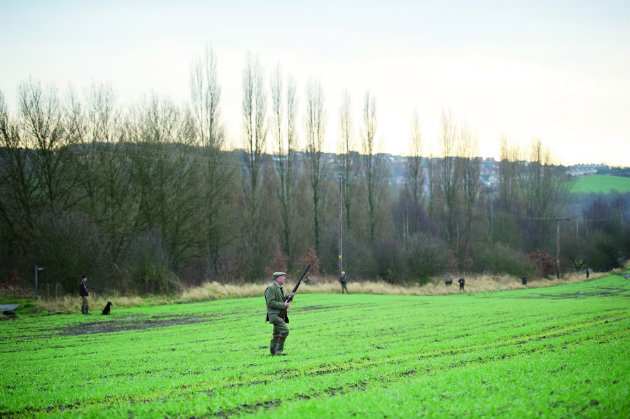Report shows UK bird numbers halved since 70s
Countryside organisations champion the conservation role played by shooters, as a new report details birdlife declines

Shooters have a “major part” to play in conserving the UK’s bird populations, say countryside groups, following the publication of the 2015 UK Biodiversity Indicators Report by DEFRA and the Joint Nature Conservation Committee last month.
The report highlights the declining fortunes of Britain’s birds, with statistics showing that between 1970 and 2014 populations of breeding farmland and woodland birds decreased by 54 per cent and 20 per cent respectively, and the 2015 population index for breeding water and wetland birds was 15 per cent lower than in 1975.
Furthermore, in 2014, breeding seabird populations were 27 per cent lower than in 1986. In the shorter-term, between 2008 and 2013, populations of woodland birds have remained stable, but farmland birds have shown a “statistically significant” decrease of 11 per cent, and water and wetland birds a drop of 12 per cent. Seabirds have also shown a decrease of nine per cent between 2008 and 2013.
A wake-up call
Tim Russell, director of conservation at BASC, called the report “a wake-up call for anyone concerned about British wildlife”. He continued: “This is a responsibility for all of us and we must all do more to ensure a favourable trend in biodiversity indicators. Shooting is showing a sustainable way forward to get biodiversity benefits which are delivered by local people.”
BASC vice-chairman Mike Sherman added: “We need government-led co-operation to turn these declines around. Without that we can only look forward to the bleak prospect of the UK missing its biodiversity targets yet again in 2020. Shooting has a major part to play in turning the situation round and is happy to work with all interests for a healthier, better countryside.”
Helping UK bird numbers
Game & Wildlife Conservation Trust (GWCT) head of education Dr Mike Swan agreed that shooters have an important role in protecting the UK’s declining birdlife, but said that they can do even more: “UK shoots from grouse moors and wildfowling clubs, to pheasant shoots and partridge manors, manage and maintain a wide range of habitats that help birds and other wildlife, but many could do that little bit more.
“Things such as growing a more diverse range of covercrops, and improving the spring predation control programme, can do a great deal of good.”
The report also showed continuing declines in pollinating insects and other indicator species, as well as a 23 per cent decline in the time spent by volunteers on conservation in the past five years. In contrast, The Value of Shooting report published by BASC in 2014 showed that those who shoot spend 3.9million days annually on conservation, the equivalent of 16,000 full-time conservation jobs.
Shooting benefits farmland bird conservation
It also found that shooting benefits farmland bird conservation, with shooters maintaining over 25,000ha of wild bird cover.
Graham Appleton, former director of communications for the British Trust for Ornithology, said: “With the indicators for farmland birds, wetland birds and pollinating insects still showing a deteriorating situation, this is a reminder that all those with an interest in the countryside need to work together to improve habitats for wildlife. If you see a winter flock of yellowhammers, flush a snipe or hear the buzz of bees on a summer day then these are positive signs that land is being managed sensitively.”
Martin Harper, RSPB director of conservation, echoed BASC comments as he called on the Government to tackle the problem head on: “The first step is for the Government to create a 25-year plan for nature that is ambitious, targeted and outlines the action that is urgently needed to reverse the loss.”
The report wasn’t entirely bad news, as it revealed that the UK populations of wintering waterbirds were 85 per cent higher in 2013-14 than in 1975-76. But this success was tempered by the fact that there has been a decline since numbers peaked in the late 1990s, with a drop of almost seven per cent in the short term between 2007-08 and 2012-13.








